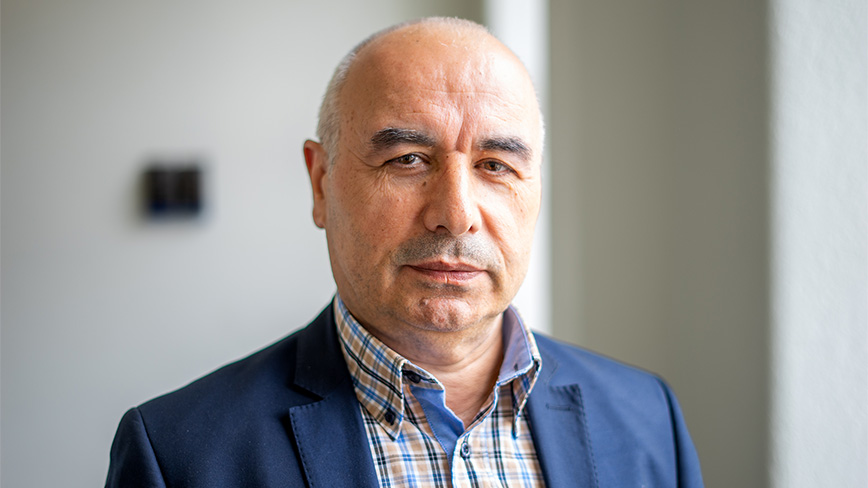Survey of finance support shows differences in routines

During the past two months, all administrative managers in CBH’s services support have been involved in the forming of a new, common organization for the services support at KTH.
A survey of the finance support field shows that there is a lot of competence among the coworkers, but also that there are differences in the finance management between the different schools.
”I think it will be fine if we can have more or less the same routines across the board”, says Simon Barsaum, finance manager at CBH.
On June 7, KTH’s president will decide on the overall plan for how the merger of the support services is to be carried out. The new organization will come into effect on January 1, 2023. The work in each functional area is conducted by an administrative manager on school level and a department manager from the university administration (GVS).
CBH’s administrative managers participate in a survey of each support area on the basis of rules of procedure, linkages and needs and give an overall description of how the future work in each area shall be carried out.
“ We have done a SWOT analysis, submitted proposals on how the premises rents should be distributed among the schools and indentified weaknesses and strengths for the whole finance management at KTH”, says Simon Barsaum.
A cohesive distribution model
Today, when it comes to premises rents, there are different distribution models among the schools – and even within each school. The aim is to create a cohesive model för the whole of KTH.
”For example, there are four or five models, only at CBH. Some are handled manually, others are automated and this takes a lot of time from us, at the same time as our researchers receive different percentages for their projects, which becomes complicated at revisions of external projects. It becomes difficult for researchers at different schools to compare costs with eachother and creates problems for us in explaining these differences to, for instance, our financiers”, says Simon Barsaum.
The finance managers have also mapped the work at their finance units, what coworkers are working with and what is included in the handling at each school.
“At some schools, some tasks are handled by the finance unit and at others they are not, so we look at which tasks may differ. Another example is how the respective schools handle the SUHF model, which forms the basis for the distribution of our joint costs. The survey shows that this is done in different ways”, says Simon Barsaum.
Welcomes common routines
Among other things, the SWOT-analysis of the finance area shows that there is a lot of competence at the schools, a good and informative common financial handbook and a good financial system. However, there is a lack of common routines across the board and for the schools and it is hard to get access to common documents, which can create problems at, for instance, a revision.
”We should be a single organization and have the opportunity of working according to the same routines and processes. I think it will be fine if we can have more or less the same routines across the board”, says Simon Barsaum.
The next step for the working group within finance is to put all the issues that have emerged from the SWOT in priority and discuss which areas the group should work on in the autumn.
A new budget tool
Parallel to the survey, since last year, there is an ongoing work with producing a common budget tool for the whole of KTH, where two schools are part of a pilot project.
The new budget tool shall provide the opportunity of making budgets over several years, instead of annually like today and enable forecasts and follow-ups of how the economy is developing.
”Over 50 percent of our expenditures are salary costs. Hopefully, the budget tool can also be linked to the new salary tool which is being developed. For instance, then you can forecast and follow the development of the staffing of a project. A perennial budget gives better opportunities for more long-term decisions, now we do not have that possibility. Another advantage is that we avoid all Excel files, which are emailed back and forth and create uncertainty and a risk of information getting lost. I think there will be a significant improvement when we receive the new budget tool”, says Simon Barsaum.
Text: Sabina Fabrizi

